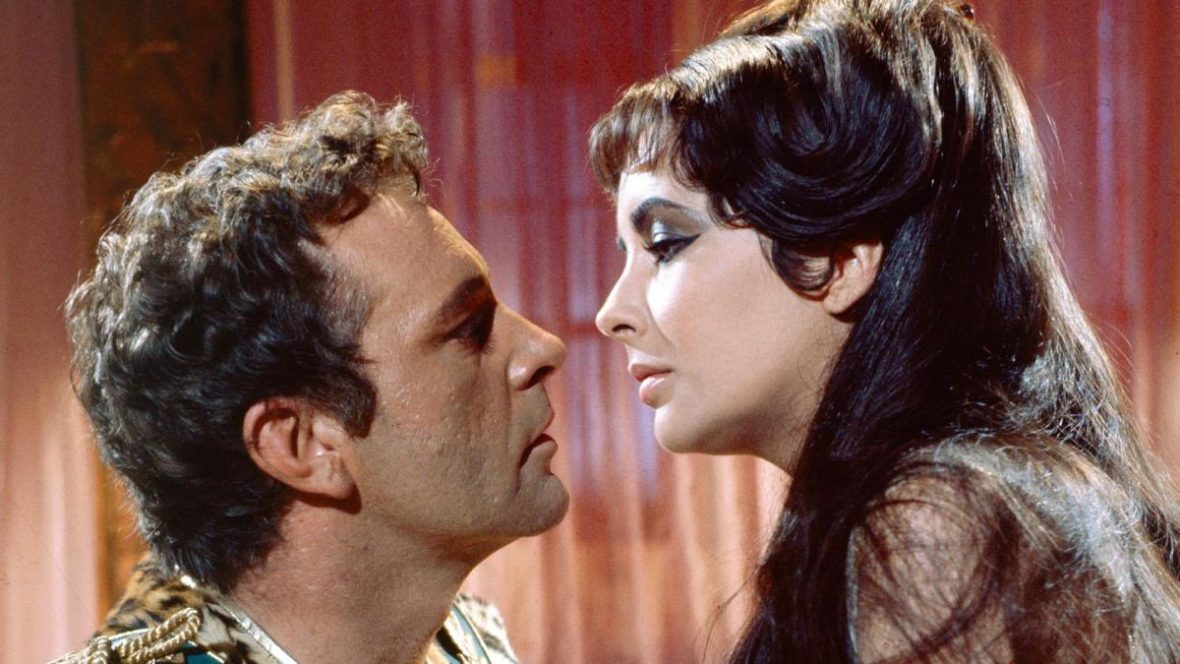Dame Elizabeth Rosemond Taylor was a British-American actress, businesswoman, and humanitarian. She began her career as a child actress in the early 1940s, and was one of the most popular stars of classical Hollywood cinema in the 1950s. She continued her career successfully into the 1960s, and remained a well-known public figure for the rest of her life. In 1999, the American Film Institute named her the seventh greatest female screen legend. Take a look below for 40 more fascinating and interesting facts about Elizabeth Taylor.
1. Taylor was born on February 27, 1932, at Heathwood, her family’s home on 8 Wildwood Road in Hampstead Garden Suburb, London.
2. She received dual British-American citizenship at birth, as her parents, art dealer Francis Lenn Taylor (1897–1968) and retired stage actress Sara Sothern (1895–1994), were United States citizens, both originally from Arkansas City, Kansas.
3. They moved to London in 1929, and opened an art gallery on Bond Street; their first child, a son named Howard, was born the same year.
4. The family led a privileged life in London during Taylor’s childhood.
5. Their social circle included artists such as Augustus John and Laura Knight, and politicians such as Colonel Victor Cazalet.
6. Cazalet was Taylor’s unofficial godfather, and an important influence in her early life.
7. She was enrolled in Byron House, a Montessori school in Highgate, and was raised according to the teachings of Christian Science, the religion of her mother and Cazalet.
8. In early 1939, the Taylors decided to return to the United States due to fear of impending war in Europe.
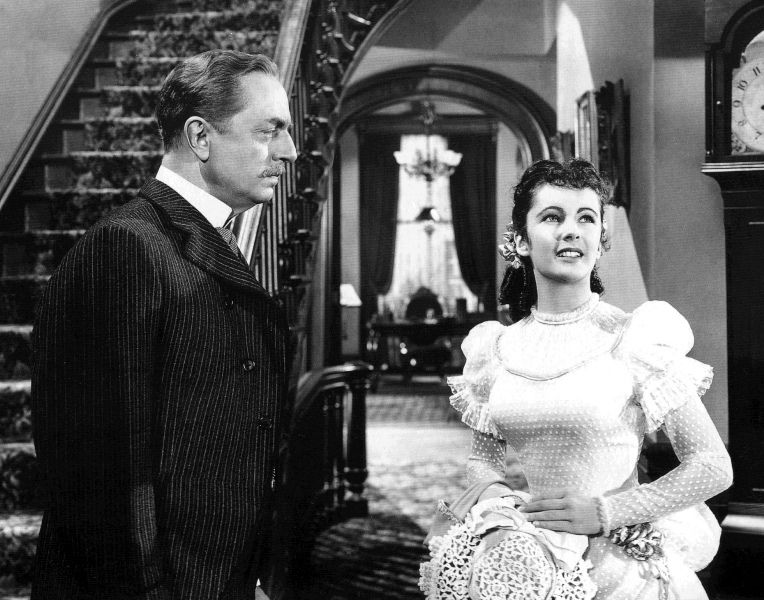
9. United States ambassador Joseph P. Kennedy also contacted Francis and encouraged him to return to the US with his family.
10. Sara and the children left first in April 1939 aboard the ocean liner SS Manhattan, and moved in with Taylor’s maternal grandfather in Pasadena, California.
11. Francis stayed behind to close the London gallery, and joined them in December.
12. In early 1940, he opened a new gallery in Los Angeles, and after briefly living in Pacific Palisades with the Chapman family, the family settled in Beverly Hills, where Taylor and her brother were enrolled in Hawthorne School.
13. In California, Taylor’s mother was frequently told that her daughter should audition for films.
14. Taylor’s eyes in particular drew attention; they were blue to the extent of appearing violet, and were rimmed by dark double eyelashes, caused by a genetic mutation.
15. Sara was initially opposed to Taylor appearing in films, but after the outbreak of war in Europe made return there unlikely, she began to view the film industry as a way of assimilating to American society.
16. Through a client and a school friend’s father, Taylor auditioned for both Universal Pictures and Metro-Goldwyn-Mayer in early 1941. Both studios offered Taylor contracts, and Sara Taylor chose to accept Universal’s offer.
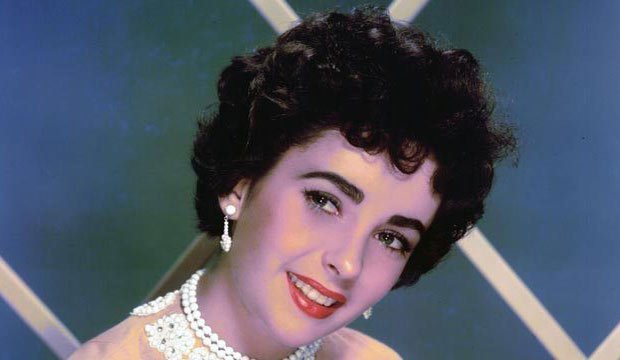
17. Taylor began her contract in April 1941 and was cast in a small role in There’s One Born Every Minute (1942).
18. Taylor later stated that her childhood ended when she became a star, as MGM started to control every aspect of her life.
19. Following the success of National Velvet, MGM gave Taylor a new seven-year contract with a weekly salary of $750, and cast her in a minor role in the third film of the Lassie series, Courage of Lassie (1946).
20. When Taylor turned 15 in 1947, MGM began to cultivate a more mature public image for her by organizing photo shoots and interviews that portrayed her as a “normal” teenager attending parties and going on dates.
21. Taylor made the transition to adult roles when she turned 18 in 1950.
22. In her first mature role, the thriller Conspirator (1949), she plays a woman who begins to suspect that her husband is a Soviet spy.
23. Taylor’s career was in decline by the late 1960s. She had gained weight, was nearing middle age, and did not fit in with New Hollywood stars such as Jane Fonda and Julie Christie.
24. Taylor was one of the first celebrities to participate in HIV/AIDS activism and helped to raise more than $270 million for the cause.
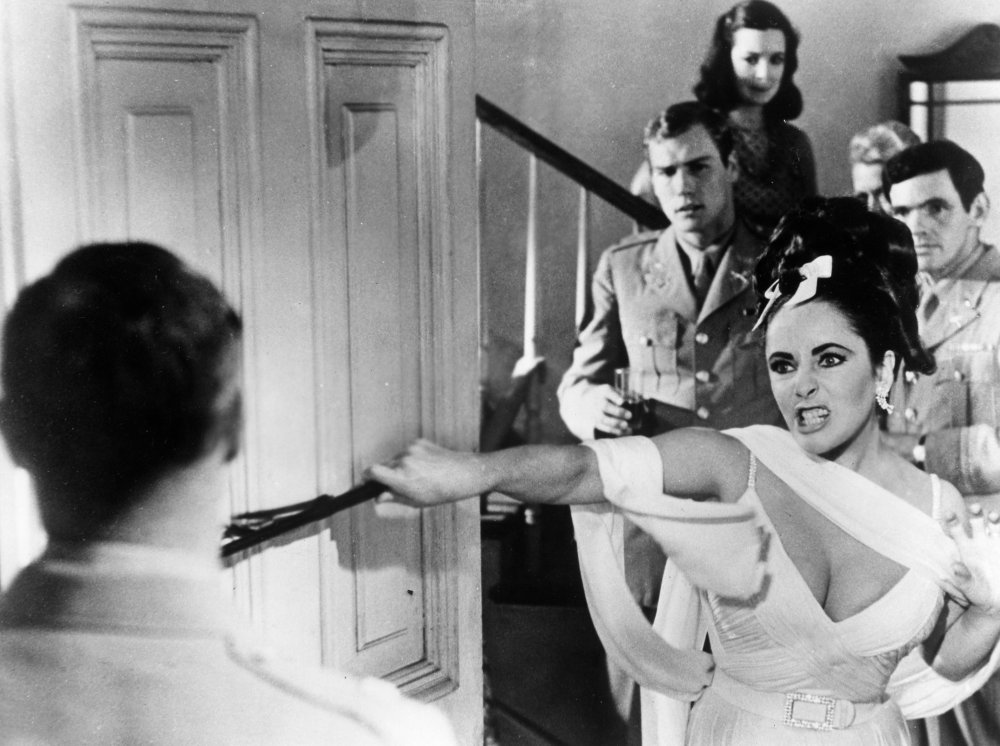
25. She began her philanthropic work after becoming frustrated with the fact that very little was being done to combat the disease despite the media attention.
26. She later explained for Vanity Fair that she “decided that with my name, I could open certain doors, that I was a commodity in myself – and I’m not talking as an actress. I could take the fame I’d resented and tried to get away from for so many years – but you can never get away from it – and use it to do some good. I wanted to retire, but the tabloids wouldn’t let me. So, I thought: If you’re going to screw me over, I’ll use you.”
27. Taylor began her philanthropic efforts in 1984 by helping to organize and by hosting the first AIDS fundraiser to benefit the AIDS Project Los Angeles.
28. Taylor testified before the Senate and House for the Ryan White Care Act in 1986, 1990, and 1992. She persuaded President Ronald Reagan to acknowledge the disease for the first time in a speech in 1987, and publicly criticized presidents George H.W. Bush and Bill Clinton for lack of interest in combating the disease.
29. Taylor was honored with several awards for her philanthropic work. She was made a Knight of the French Legion of Honour in 1987, and received the Jean Hersholt Humanitarian Award in 1993, the Screen Actors’ Guild Lifetime Achievement Award for Humanitarian service in 1997, the GLAAD Vanguard Award in 2000, and the Presidential Citizens Medal in 2001.
30. Taylor was the first celebrity to create her own collection of fragrances.
31. In collaboration with Elizabeth Arden, Inc., she began by launching two best-selling perfumes – Passion in 1987, and White Diamonds in 1991.
32. Throughout her adult years, Taylor’s personal life, and especially her eight marriages, drew a large amount of media attention and public disapproval.
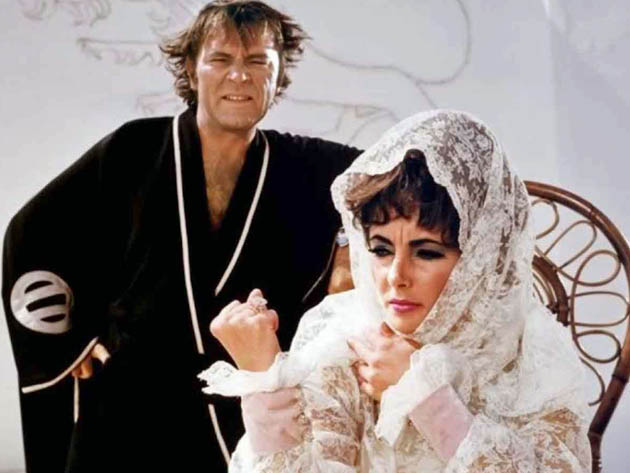
33. Taylor was 18 when she married Conrad “Nicky” Hilton Jr., heir to the Hilton Hotels chain, at the Church of the Good Shepherd in Beverly Hills on May 6, 1950.
34. Taylor married her second husband, British actor Michael Wilding – a man 20 years her senior – in a low-key ceremony at Caxton Hall in London on February 21, 1952.
35. Taylor married her third husband, theater and film producer Mike Todd, in Acapulco, Guerrero, Mexico, on February 2, 1957. They had one daughter, Elizabeth “Liza” Frances (b. 1957).
36. While filming Cleopatra in Italy in 1962, Taylor began an affair with her co-star, Welsh actor Richard Burton, although Burton was also married. Rumors about the affair began to circulate in the press, and were confirmed by a paparazzi shot of them on a yacht in Ischia.
37. Taylor dated actor Anthony Geary, and was engaged to Mexican lawyer Victor Luna in 1983–1984, and New York businessman Dennis Stein in 1985.
38. She met her seventh – and last – husband, construction worker Larry Fortensky, at the Betty Ford Center in 1988.
39. They were married at the Neverland Ranch of her long-time friend Michael Jackson on October 6, 1991.
40. The wedding was again subject to intense media attention, with one photographer parachuting to the ranch and Taylor selling the wedding pictures to People for $1 million, which she used to start her AIDS foundation. Taylor and Fortensky divorced in October 1996.

